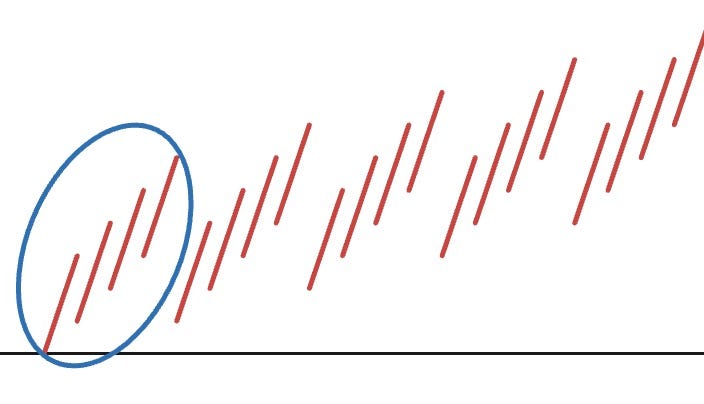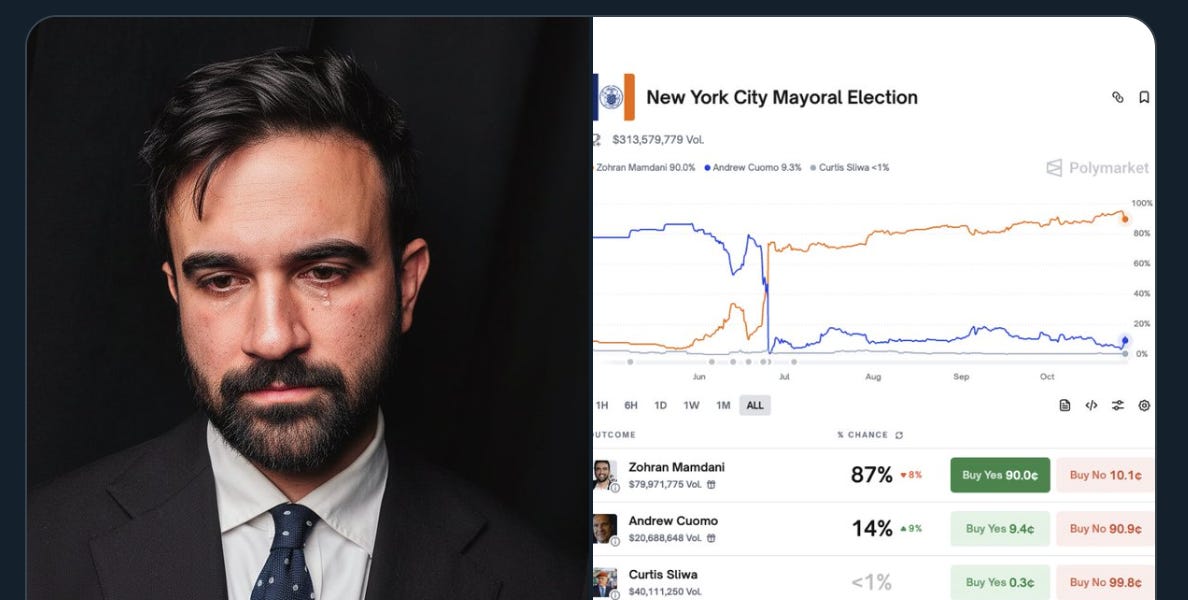There may come a time in the future when science or even advanced AI creates a way that humans can time travel to another year or century. It might seem improbable now but look at all the technological innovations that we never thought possible and are now a reality. At the same time, movie lovers already know they can vicariously visit people and places in the past thanks to the miracle of motion pictures. Just as recently as 2018, Peter Jackson produced and directed They Shall Not Grow Old, a stunning collection of archival footage from World War I which he had restored and colorized from black to white to give the documentary an immediacy and impact that brought the soldiers on screen to life (before they met their untimely deaths on the battlefield). If you want to go back even further to the turn of the century, you can experience life in the U.K. (mostly northern England with a few stops in Ireland) in Electric Edwardians: The Lost Cinema of Mitchell & Kenyon (2005), an amazing treasure trove of footage from 1901 and beyond that was considered lost for years until its discovery in 1994.
 A scene of school kids parading for the camera at the turn of the century in the U.K. in the 2005 documentary ELECTRIC EDWARDIANS: THE LOST FILMS OF MITCHELL AND KENYON.
A scene of school kids parading for the camera at the turn of the century in the U.K. in the 2005 documentary ELECTRIC EDWARDIANS: THE LOST FILMS OF MITCHELL AND KENYON.During demolition work at a site that had formally been a toy shop in Northgate, Blackburn, workmen discovered three metal drums in the basement containing small reels of film. Instead of being taken to the scrap metal processing plant, the three drums were set aside and historian Peter Worden was contacted. After he examined the contents (which consisted of highly combustible nitrate stock), he stored the footage in his freezer until the British Film Institute agreed to take it off his hands. In 2000 the BFI began the laborious process of transferring and restoring the material which yielded over 100 rolls of film and more than 28 hours of footage. Electric Edwardians: The Lost Cinema of Mitchell & Kenyon is a select compilation from the collection that utilizes 35 movies and breaks them down into categories of Youth and Education, The Anglo-Boer War, Workers, High Days and Holidays, and People and Places.
 A street scene in real time on Glasgow Bridge in Glasgow, Scotland in ELECTRIC EDWARDIANS: THE LOST FILMS OF MITCHELL & KENYON (2005).
A street scene in real time on Glasgow Bridge in Glasgow, Scotland in ELECTRIC EDWARDIANS: THE LOST FILMS OF MITCHELL & KENYON (2005).These cinematic time capsules were the work of two cameramen, Sager Mitchell and James Kenyon, who traveled throughout northern England, Scotland and Ireland, under the direction of traveling showman George Green. He had hit upon a profitable and highly popular means of marketing the new technological marvel – moving pictures. He would send his cameramen into a town where they would film the locals at fairs, sporting events and other happenings, then process the footage the same day, and come back in the evening to show the townspeople what they captured (for a fee, of course). Not only were the townspeople the stars of these movies but the fact that they could see themselves on a big screen in a public venue created a sensation. And these early films are fascinating as people peer into the camera lens with a mixture of curiosity and amusement as they engage in a variety of activities.
 Some of the camera subjects are playful, curious and smiling while others look unsure of what to think in the 2005 British documentary ELECTRIC EDWARDIANS: THE LOST FILMS OF MITCHELL & KENYON.
Some of the camera subjects are playful, curious and smiling while others look unsure of what to think in the 2005 British documentary ELECTRIC EDWARDIANS: THE LOST FILMS OF MITCHELL & KENYON.One thing modern audiences will notice about the people on display is how fashion has changed so drastically since the post-Queen Victorian era. Almost every man on screen wears a hat or cap and display facial hair, either a handlebar moustache or a full beard. Good luck trying to spot a bare head or a clean-shaven mug. Pipes and cigarettes are also in abundance among the men while the women sport their floral hats, shawls, long flowing dresses with ruffles and parasols to protect them from the sun. Even more remarkable is to see how the working class dressed for factory work, many of whom are decked out in three piece suits or what looks like their Sunday best. It is also not unusual to see children between the ages of 9 and 12 reporting for factory work prior to the enforcement of the Education Act of 1902.
 Miners getting off work in Huddersfield, England in 1900 are featured in ELECTRIC EDWARDIANS: THE LOST FILMS OF MITCHELL AND KENYON (2005).
Miners getting off work in Huddersfield, England in 1900 are featured in ELECTRIC EDWARDIANS: THE LOST FILMS OF MITCHELL AND KENYON (2005).It is true that some of the footage was staged by Mitchell and Kenyon such as a parade of pre-teen pupils at St. Matthews circa 1905 where many of the kids are encouraged to smile and wave at the camera. But a lot of other films simply capture life in progress such as a barrel jumping championship in Leeds or a train ride into Halifax in 1902 where we see what the countryside and city looked like from the railroad tracks.
 A tram conductor and his two co-workers pose for the motion picture camera in a scene from the 2005 documentary ELECTRIC EDWARDIANS: THE LOST FILMS OF MITCHELL & KENYON.
A tram conductor and his two co-workers pose for the motion picture camera in a scene from the 2005 documentary ELECTRIC EDWARDIANS: THE LOST FILMS OF MITCHELL & KENYON.Natives of England and tourists who have traveled there will be especially delighted at seeing famous destinations like Blackpool circa 1904. My wife and I were lucky enough to visit Blackpool one year during their annual Fall Illumination of Lights festival and it is certainly a different place today. When Blackpool first became a resort destination, it attracted the wealthy and upper classes but, as time passed, it became a holiday destination for the working class. Mitchell and Kenyon’s film shows well-dressed tourists parading along the promenade by the sea, the undeveloped coastline and a glimpse of Victoria Pier (it is now known as South Pier), which was more upscale and exclusive than the other two piers at the time.
 Well-to-do tourists gather around the entrance to Victoria Pier in Blackpool, England in 1904 in this scene from ELECTRIC EDWARDIANS: THE LOST FILMS OF MITCHELL & KENYON (2005).
Well-to-do tourists gather around the entrance to Victoria Pier in Blackpool, England in 1904 in this scene from ELECTRIC EDWARDIANS: THE LOST FILMS OF MITCHELL & KENYON (2005).It is hard to pick a favorite among the visual delights in Electric Edwardians and some scenes are too brief and leave you wanting more such as the footage of the ornate Switchback Gondala ride at the Whitsuntide Fair in Preston (1906). How about that Best Baby Competition or the egg rolling contest for kids? The March of Hope Procession in Manchester (1901) is especially compelling with its footage of the local temperance movement carrying their message on placards and signs (“Buy Bread instead of Beer”) and the mostly serious faces of the female marchers. You can also see early (and unintentional signs of product placement) such as horse-driven trams bearing advertisements on their roofs for Nestle’s Milk, Fry’s Cocoa or Hudson’s Soap.
 Members of an anti-alcohol temperance movement participate in the March of Hope Procession in Manchester, England (1901) in ELECTRIC EDWARDIANS: THE LOST FILMS OF MITCHELL & KENYON (2005).
Members of an anti-alcohol temperance movement participate in the March of Hope Procession in Manchester, England (1901) in ELECTRIC EDWARDIANS: THE LOST FILMS OF MITCHELL & KENYON (2005).Electric Edwardians is also bound to send anyone interested in what they see back to the history books to put some of the footage in context such as the section on The Anglo-Boer War (1899-1902). Maybe I would know about this if I had gone to school in England but it wasn’t something taught in my history classes in high school in America. In this section, there is also a 1901 film short entitled A Sneaky Boer, a dramatization where two British soldiers are ambushed in a field of tall grass by Boer guerillas (the British triumph in the end as the Boers are clearly depicted as the villains – but in real life, England was the aggressive invader in this conflict in South Africa).
 School kids pose for the cameraman circa 1900 in the documentary ELECTRIC EDWARDIANS: THE LOST FILMS OF MITCHELL & KENYON (2005).
School kids pose for the cameraman circa 1900 in the documentary ELECTRIC EDWARDIANS: THE LOST FILMS OF MITCHELL & KENYON (2005).Mitchell and Kenyon’s films were first seen in the 2005 BBC TV series, The Lost World of Mitchell & Kenyon. Later the British Film Institute released a DVD collection entitled Electric Edwardians: The Films of Mitchell & Kenyon and followed it up with two more entries, Mitchell & Kenyon in Ireland and Mitchell & Kenyon: Edwardian Sports. In 2009 Milestone Films in the U.S. released Electric Edwardians: The Lost Films of Mitchell & Kenyon on DVD (which mirrors the original BFI DVD release). It also offers the option to view the view with narration by Paul McGann (of Withnail & I fame) and an original score by the musical duo In the Nursery or to watch it with commentary by film historian Vanessa Toulmin. The disc also includes five additional films not included in the 85 minute documentary – Driving Lucy (1903), Race For The Muriatti Cup, Manchester (1901), Comic Picture In High Street, West Bromwich (1902), Royal Proclamation Of The Death Of Queen Victoria, Blackburn (1901), and Bradford Coronation Procession (1902). You can still find DVD copies for sale from online sellers.
Other links of interest:
https://www.victorian-cinema.net/mitchellkenyon.php
https://www.theguardian.com/film/2005/jan/07/1
https://www.findagrave.com/memorial/197221480/sagar-jones-mitchell
https://blog.scienceandmediamuseum.org.uk/louis-le-prince-created-the-first-ever-moving-pictures/
https://www.theguardian.com/stage/2014/apr/24/life-times-mitchell-kenyon-review
.png)






